Ontario Vote Wild!
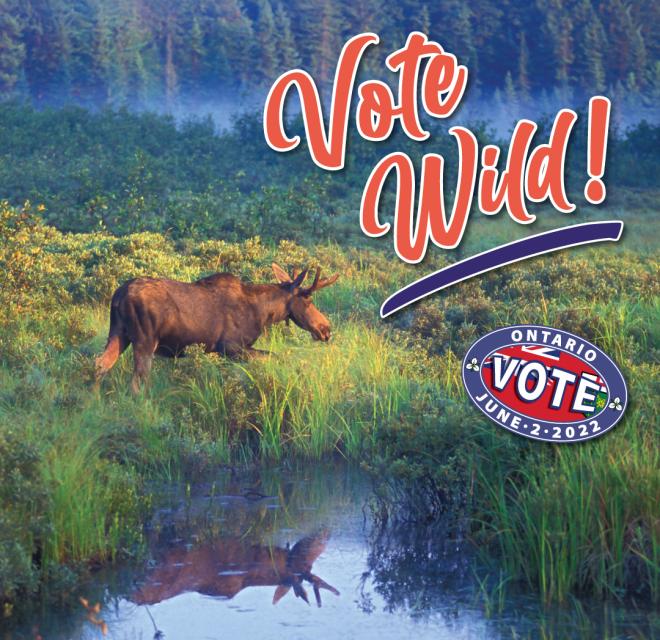
LET’S MAKE THIS ELECTION ABOUT THE ENVIRONMENT
Provincial policy is absolutely crucial to protecting the nature that sustains us. From regulating resource extraction and industrial activity to planning for increasing population without sacrificing clean water, land and air — provincial government actions impact every part of our lives.
That’s why it’s so important the 2022 election is won or lost on the strength of platforms for a healthy environment. Over the next four years, provincial decisions on land use and climate action will affect future generations forever.
Hanging in the balance at the ballot box is how we confront the twin crises of biodiversity loss and climate change. The time for pitting environment versus economy is over. It’s up to all of us to send a strong message that Ontarians want a government that makes protecting nature a priority. This means showing up on election day and challenging candidates of all political stripes to explain their party’s environmental commitments in the lead-up.
CONSIDER WHAT’S AT STAKE
Curbing climate change
If we want to avoid the worst consequences of climate change, reducing greenhouse gasses in this decade is critical. Countries worldwide committed to net zero emissions by 2050 and Canada recently announced a target of reducing emissions to 40 per cent below 2005 levels by 2030. Ontario produces the second-highest emissions in the country. It has a lot of work to do to hit even the weaker target of 30 per cent reduction by 2030. Actions taken by our next government will determine whether Ontario steps up to the plate to do what is necessary. Strong climate policy can create jobs, protect the most vulnerable and position the province as a leader in the transition to more sustainable economies — that provide a future for workers and communities.
Conserving biodiversity
The World Economic Forum ranks the loss of biodiversity, the variety of life on Earth, as one of the top five risks for the planet. In Ontario, 2,752 species are considered vulnerable, rare or rapidly declining. Since federal protections for species only apply to federal land, the provincial government holds the balance of power when it comes to protecting wildlife, plants and their habitats.

Growing protected places
Protecting ecosystems is both crucial to biodiversity and a nature-based climate solution — intact forests and wetlands are carbon storehouses. Canada has committed to protecting 30 per cent of lands and waters by 2030, but this can’t happen without provincial cooperation. Ontario’s protected areas are currently stalled at under 11 per cent, lagging behind provinces such as B.C. and Quebec, with no targets set. From peatlands and boreal forests to Great Lakes watersheds to remnant old-growth forests and grasslands, a concerted effort is needed to get to 30 per cent by 2030. Protection must centre Indigenous rights, knowledge, and leadership to be effective and just.
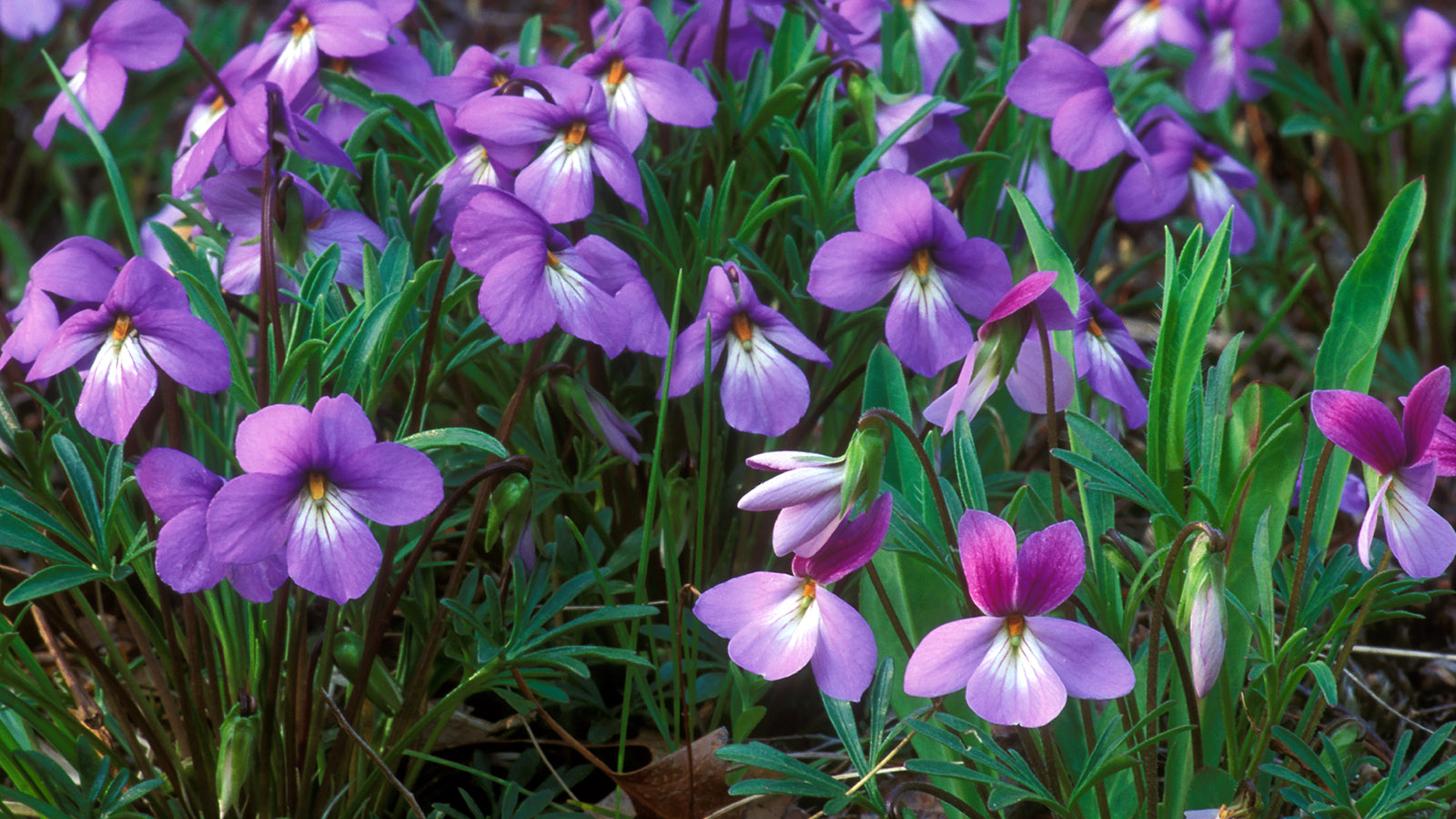
Smart growth
Southern Ontario’s population is on the rise. To accommodate growth while conserving remaining green spaces, wetlands and farms, we can’t repeat past mistakes. We could pave paradise for outdated car-dependent suburban sprawl. Or we plan for the future and build dense livable communities within current urban boundaries, with access to public transit and affordable housing. It all depends largely on the policies of our next provincial government. Read on to learn more about how these issues are playing out in Ontario and how to bring them up with candidates in your region!
ENDANGERED SPECIES LAWS NEED FIXING
Blanding’s turtles, Jefferson salamander, caribou, Algonquin wolves, lake sturgeon, red-headed woodpecker and bobolink, guess what all these species have in common? These are just a few of the endangered and threatened species Ontario is failing to protect, according to a 2021 report by the province’s auditor general.

Why? The Ministry of Environment, charged with applying the province’s Endangered Species Act (ESA), consistently greenlights development instead of standing up for biodiversity. Since 2009 the number of approvals for buildings and industrial projects that harm protected species has increased by a whopping 6,000 per cent.
Read the beautiful PDF version of this report!
The report reveals that the Ministry of Environment always grants permit requests to harm species. Consequently, the number of species at risk in Ontario has increased by 22 per cent. Here are some other issues identified by the auditor general: industry representatives and lobbyists dominate the ministry’s species-at-risk advisory committee and the criteria for identifying new at-risk species and recovery plans are not aligned with science.

To add insult to injury, a new “pay-to-slay” loophole will allow companies to pay into a vague conservation fund instead of conserving habitat on-site for six key protected species. The auditor general’s report also critiques the exemption for logging operations on Crown land from the ESA citing significant harmful effects on 12 protected species.
None of this is acceptable.
Ontario’s ESA was once hailed as the strongest of its kind, but clearly, years of cuts and loopholes have led to corruption and dysfunction. Our next government must step up to fix the problems and make Ontario a leader again in species conservation.
Here are some questions for candidates
- How will your government fix endangered species protection to stop biodiversity loss?
- Will your government remove the exemption for logging from the ESA?
SPOTLIGHT ON CARIBOU

- Boreal, or woodland, caribou are iconic to Canada’s northern forests. They are also what is known as a “keystone” species — they show the general health of the ecosystem.
- Caribou are threatened. Their populations are in decline from destruction and the fragmentation of their boreal forest habitat from logging and mining.
- Canada has identified that 65 per cent of remaining caribou habitat must remain free from human disturbance to give this iconic species a fighting chance for survival.
- Ontario missed federal deadlines to meet the federal recovery strategy for caribou in 2015 and 2021.
- True protection for boreal caribou means protecting all remaining habitat ranges from industry.
- TAKE ACTION: No more kicking the can on caribou
-
MISSING: PLAN TO PROTECT MORE NATURE
Growing protected places is essential to curb biodiversity loss and maximize the carbon stored naturally in intact ecosystems. More parks and conservation areas can also meet the increasing demand for access to natural areas for recreation, research and refuge. All of this must be achieved in the spirit of reconciliation with First Nations by centring Indigenous leadership and knowledge and championing Indigenous protected and conserved area proposals. To meet Canada’s goal of 30 per cent protected lands by 2030, Ontario will need to add tens of millions of hectares to the protected area network, but Ontario currently has no plan or even targets.
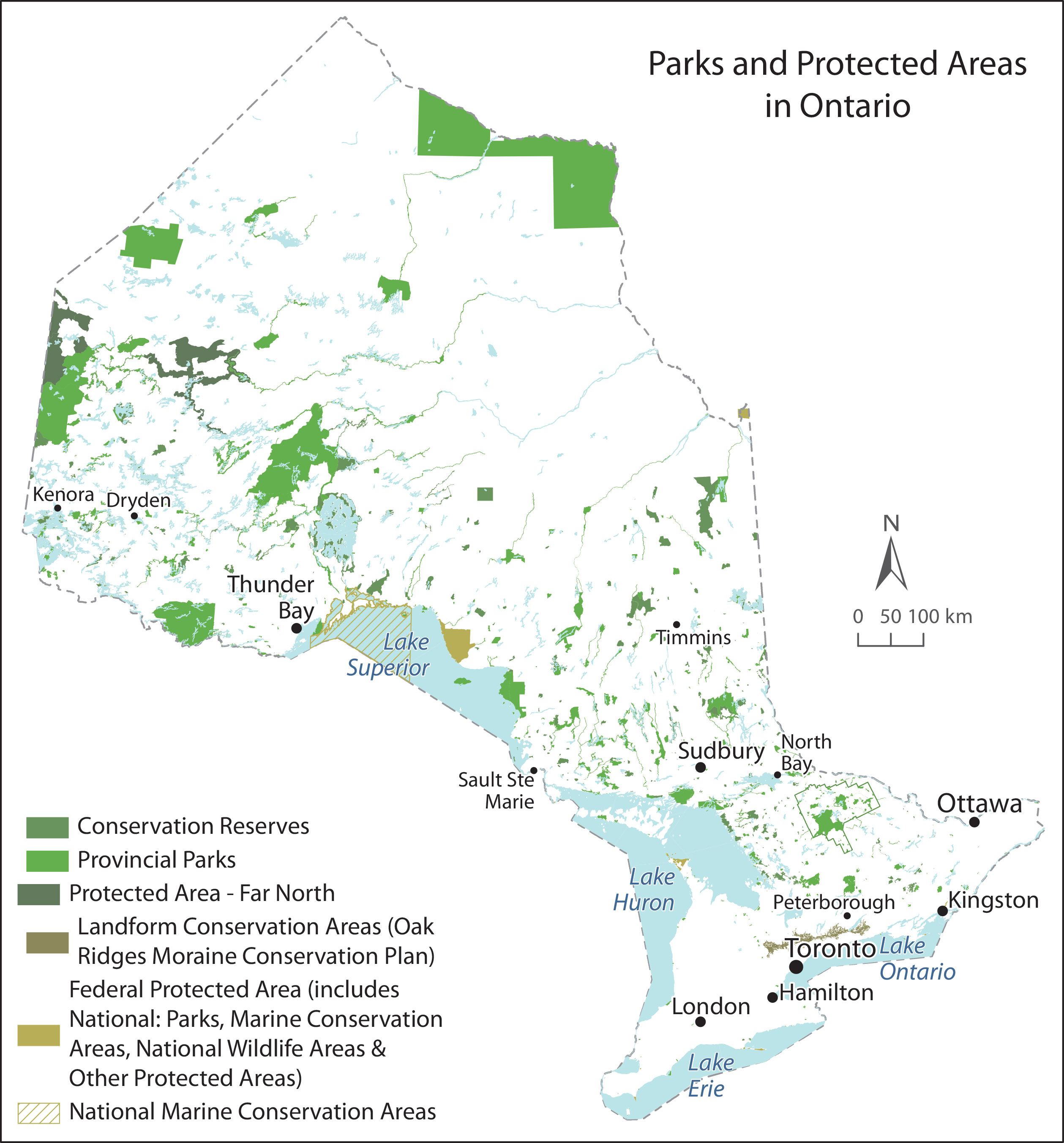

We know that if there’s a will, there is a way. In June 2021, communities from across the province gathered for a people’s summit showcasing grassroots efforts to document and protect special natural places in Ontario. From proposed Indigenous protected and conserved areas to initiatives to safeguard intact boreal forest to old-growth remnants and wildlife corridors, leadership on this front exists. Now what’s needed is a government willing to work with communities to take action.
Crucially, a plan to grow protected areas will need to set aside public land currently leased to logging and mining.
One low-hanging fruit for the next provincial government would be to finally give true protection to Algonquin Provincial Park. Ending logging in the 65 per cent of the park where it is still allowed and banning all other industrial activity in the beloved park.
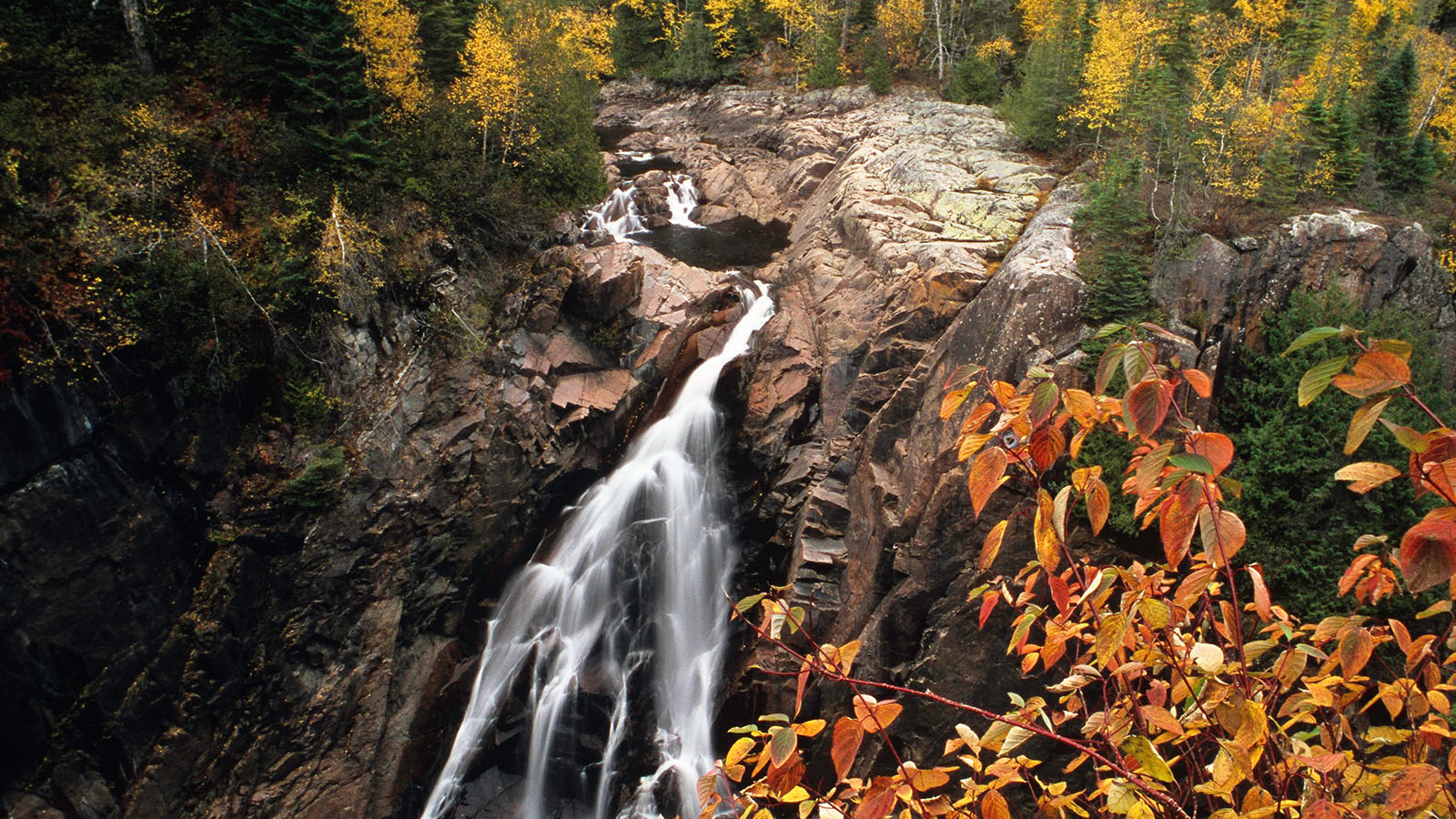
Here are some questions for candidates
- Will your government set a target for protecting 30 per cent of lands and waters by 2030 in line with federal and international commitments?
- How will your government prioritize Indigenous rights and leadership in protecting more nature?
ONTARIO NEEDS TO PASS ON GAS-FIRED ELECTRICITY
Phasing out electricity produced from fossil fuels must be part of a strong climate plan.
Instead, emissions from gas-fired power plants are projected to increase by 375 per cent by 2030 and 600 per cent by 2040, which would wipe out half of the emissions reductions Ontario achieved by closing coal-fired power plants.

The gas feeding this surge is imported from fracking sites in the U.S. and Western Canada.
Any government with climate chops must have a plan to phase out electricity from gas by 2030 and replace it with renewable energy and conservation.
CLIMATE POLICY NOT ON TRACK TO MEET TARGETS
From the melting of the Greenland ice sheet to the destruction of coral reefs to extreme weather, climate-related impacts are hitting the world hard. Now is not the time for half measures and everyone must pull their weight. Ontario is disastrously behind on climate action and not on track to hit its 2030 targets for reducing emissions by 30 per cent below 2005 levels. Another report from the province’s auditor general points to a lack of evidence-based priorities, delays and a plan that just doesn’t add up. The government’s own numbers show it’s set to achieve only 3.4 of the promised 17.6 megatonnes of annual emission cuts by 2030. In fact, since 2018, Ontario’s emissions have gone up rather than down.
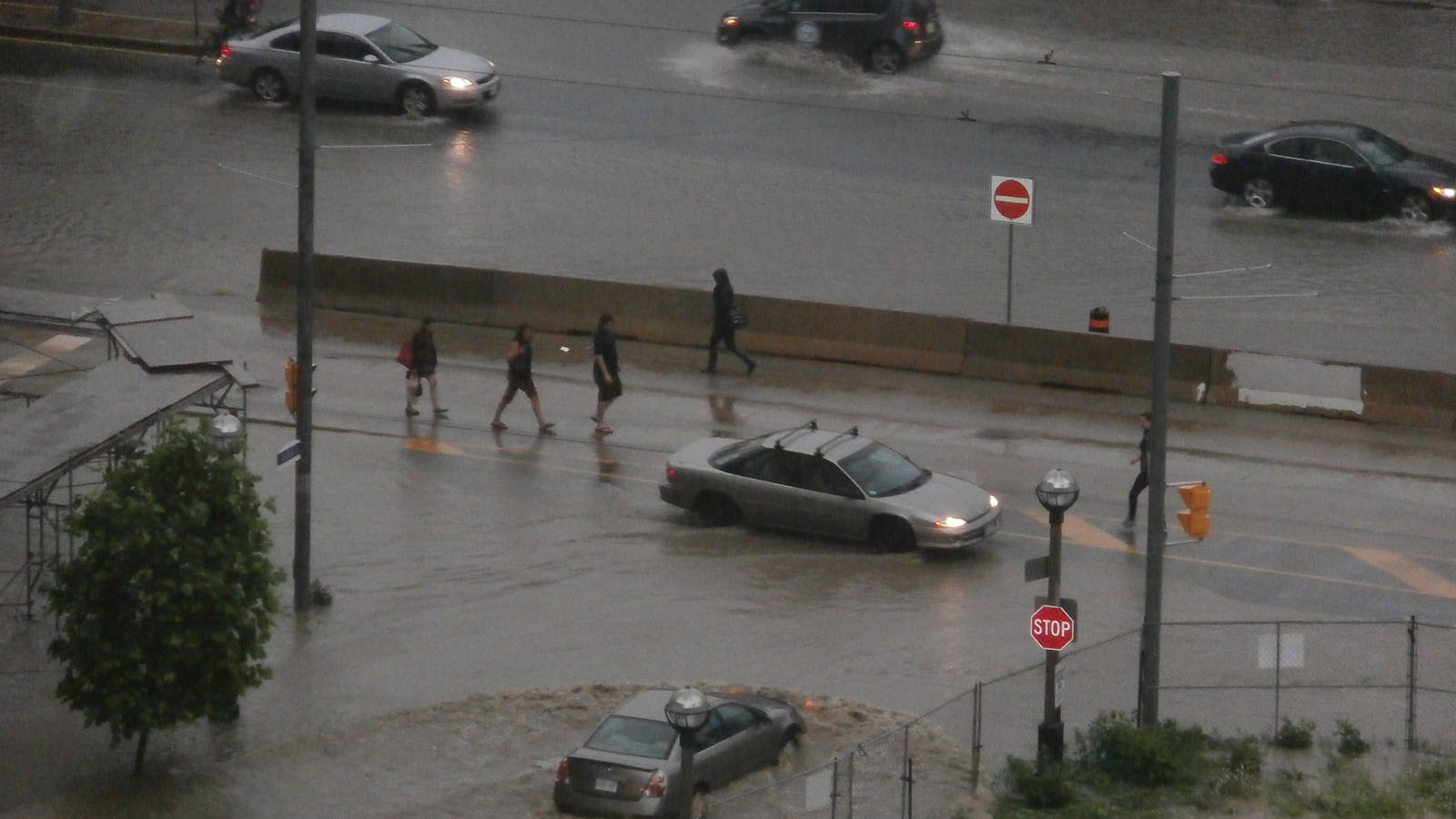
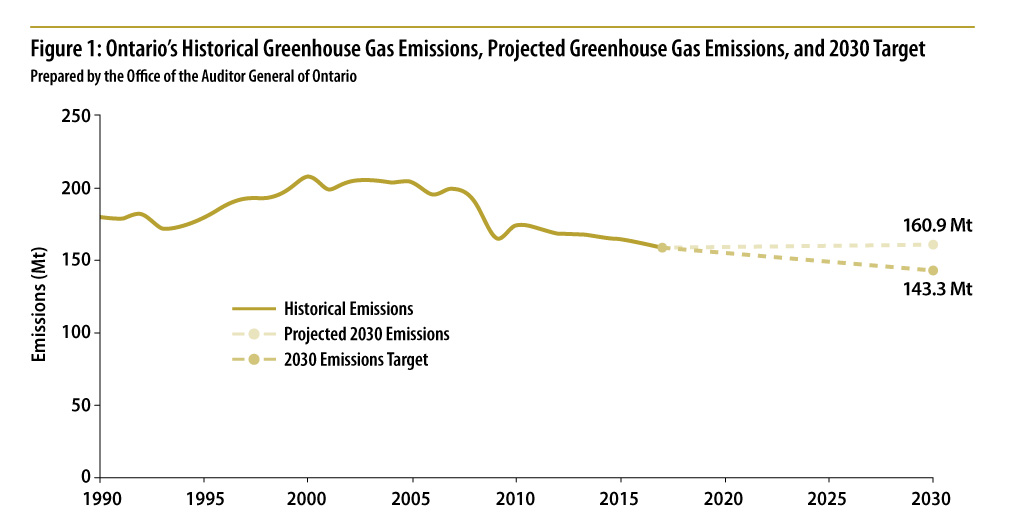
Why the gap? Cancelled renewable energy projects and scrapped consumer subsidies for electric cars are part of the problem. Defunded programs to promote building retrofits and energy conservation are another. The provincial government has not adopted federal carbon pricing for big industrial polluters and has yet to put in place an alternative.
This lack of policy causing Ontario to miss results cannot continue. There are many sectors within provincial control that matter in the pathway to achieve zero emissions — such as transportation, buildings and electricity. Ontario’s next government must present a viable, transparent and evidence-based plan to get there.
Here are some questions for candidates:
- What’s your government’s plan to ramp up Ontario’s climate plan to reduce greenhouse gas emissions to 30 per cent below 2005 levels by 2030?
- Will your government raise Ontario’s emissions target to meet the new federal target of 40 per cent reductions by 2030?
URBAN SPRAWL AFFECTS US ALL
Provincial planning policy has a big role in directing where and how cities and towns grow. Especially in southern Ontario, past growth has often taken the form of sprawling suburbs that encroach into vital natural ecosystems. A century of this kind of development has eaten up the vast majority of green spaces in the Niagara and Greater Toronto Area. Only 10 per cent of original wetlands remain in this region, impacting biodiversity and depriving communities of vital ecosystem services such as flood prevention and natural water filtration. Sprawl is also a major driver of climate change as it makes communities become dependent on cars and long commutes. That’s why Ontario’s former environmental commissioner compared sprawl to Alberta’s tar sands in terms of its role in driving up emissions.

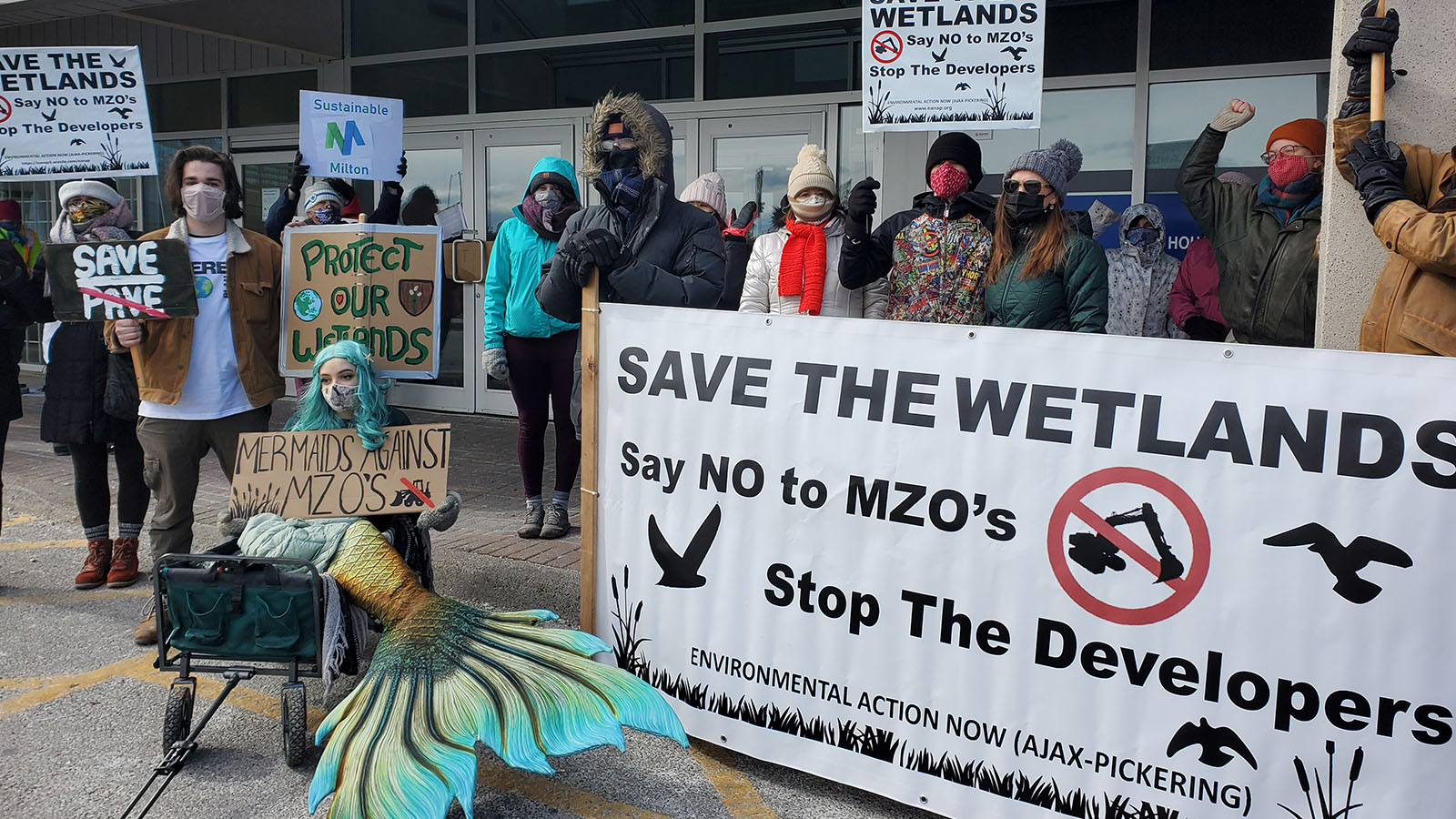
It doesn’t have to be this way. We can put the brakes on archaic 1950s-style sprawl by making the most of land already within urban areas. Densification of existing neighbourhoods doesn’t have to mean huge condos towers either. Ontario can lay the groundwork through provincial policy to incentivize municipalities to favour a mix of ground-level housing — think townhouses, multiplexes, garden and laneway suites — to accommodate population growth. This change would support quality public transit, cycling, walkable access to education, services, small businesses and parks; the type of complete communities that improve affordability and quality of life, all while conserving natural spaces, valuable farmland and habitat for wildlife.
But this shift in planning won’t happen without concerted public effort. Ontario needs a government committed to putting in place the right policies to help municipalities fight back against large developers seeking to profit through land grabs. Instead, we’re seeing more use of loopholes such as “ministerial zoning orders’’ to allow developers to bypass planning processes and public involvement. Municipalities are being pressured to expand urban boundaries based on market projections that assume outdated modes of development.
Two massive proposed highways, Highway 413 and the Bradford Bypass, would encourage sprawl, cut through Greenbelt-protected lands and impact hundreds of wetlands, while locking in long commutes for thousands more people.
We’ve stopped bad ideas like these before — people power helped create the Greenbelt and protect the Niagara Escarpment from development. First Nations communities, such as the Haudenosaunee of the Grand River are standing up to big developers to assert treaty rights to protect land and water. In this election, we need to make clear to all parties that Ontarians want to stop sprawl, grow smart and conserve natural spaces.
Here are some questions for candidates:
- How will your government put the brakes on car-dependent sprawl and plan for affordable housing and complete communities within current urban boundaries?
- How will your government ensure protection for wetlands and other natural spaces in southern Ontario?
GRAVEL MINING IS THE PITS
Mining for aggregate, rocks and gravel is big business in Ontario, and an example of an industry desperately in need of reform and stronger provincial environmental oversight. Gravel mining destroys the natural environment, can contaminate water and changes communities forever. Gravel is a finite resource and, when still in the ground, supports groundwater filtration, productive soil and species habitat. While gravel is an important resource for construction, it is vital that its extraction is limited and well regulated to minimize impact. Instead, the current regime is more like the wild west, with multinational corporations staking claims for new pits even as others lay dormant.
The government of Ontario authorizes the gravel industry to extract from over 5,000 existing sites, even though current reserves already store 13 times more per year than is used. Shockingly, new applications to mine do not even have to show need for more gravel supply in the province.
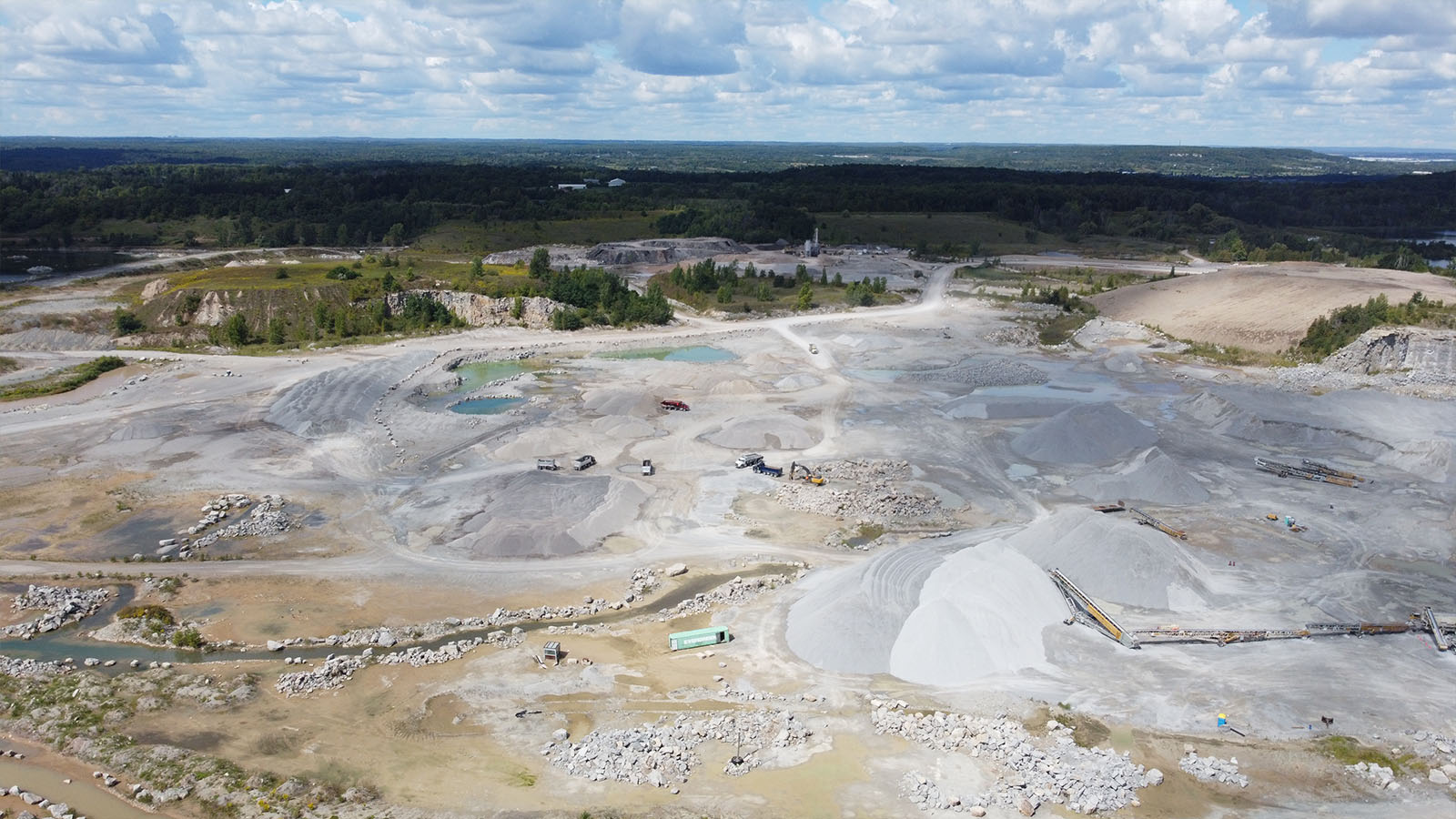

Communities struggling to protect themselves from unwanted gravel pits face David and Goliath challenges against big corporations and lenient provincial regulations. Like with all forms of resource extraction, gravel mining applications are approved without the free, prior and informed consent of Indigenous Nations.
For all these reasons and more, the next Ontario government needs to put a moratorium on new gravel mine licenses until an independent panel can chart a new path forward.
Here are some questions for candidates:
- Will your government put a moratorium on new gravel pits and reform the license process to consult with Indigenous Nations, protect groundwater, wildlife and farmland, and give communities more say in how land use is decided?
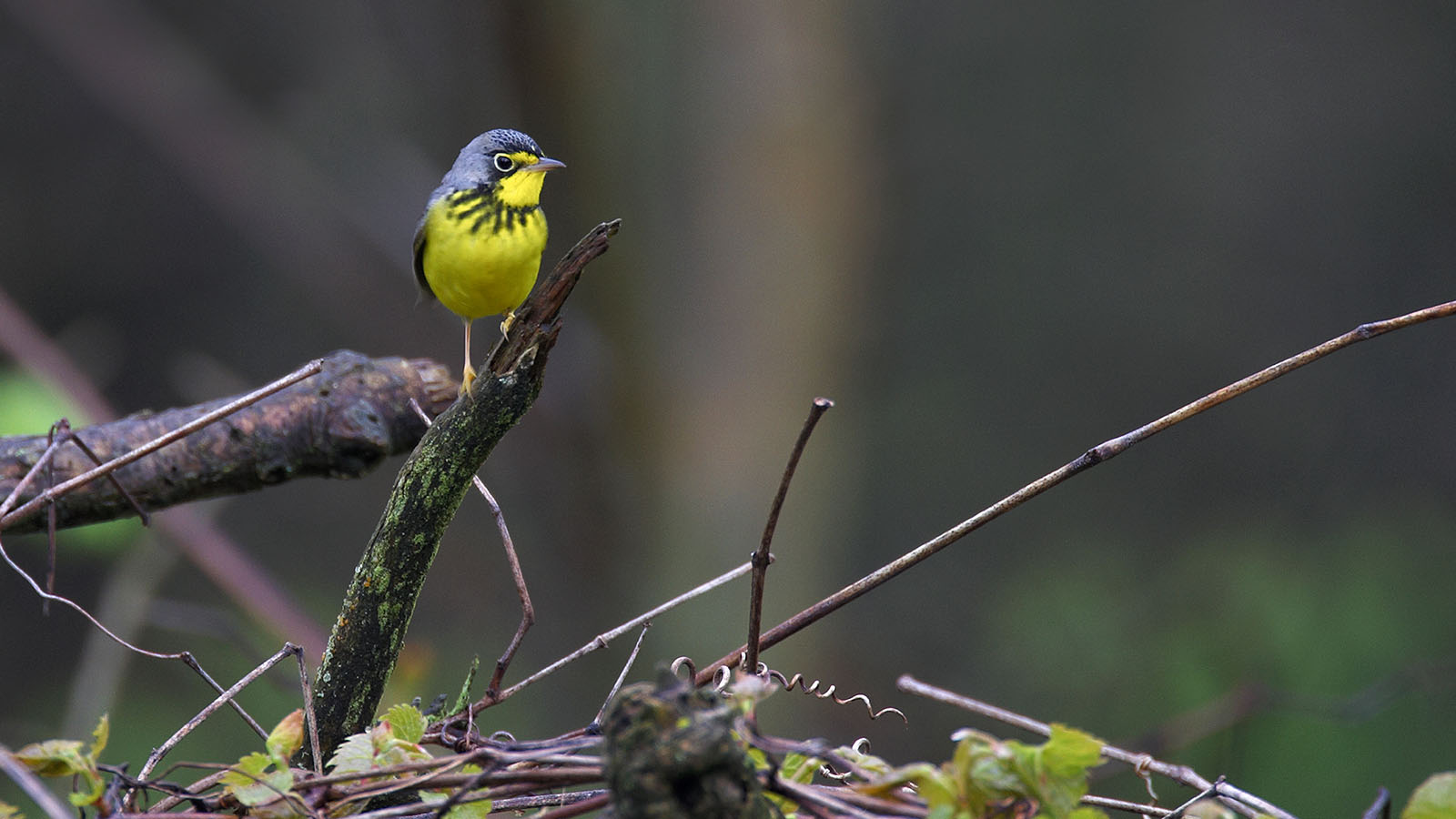
TAKE ACTION
- Educate! Share this paper with friends, families, neighbours and colleagues. Talk with them about how their vote could impact critical environmental issues in Ontario.
- Engage! Make sure your candidates know where you stand on the key environmental issues in this paper.
- Vote!The environment and climate matter. Get out to vote, take your friends and family with you, or volunteer to help neighbours get to their polling stations.
Register to vote and find your MPP and electoral district.